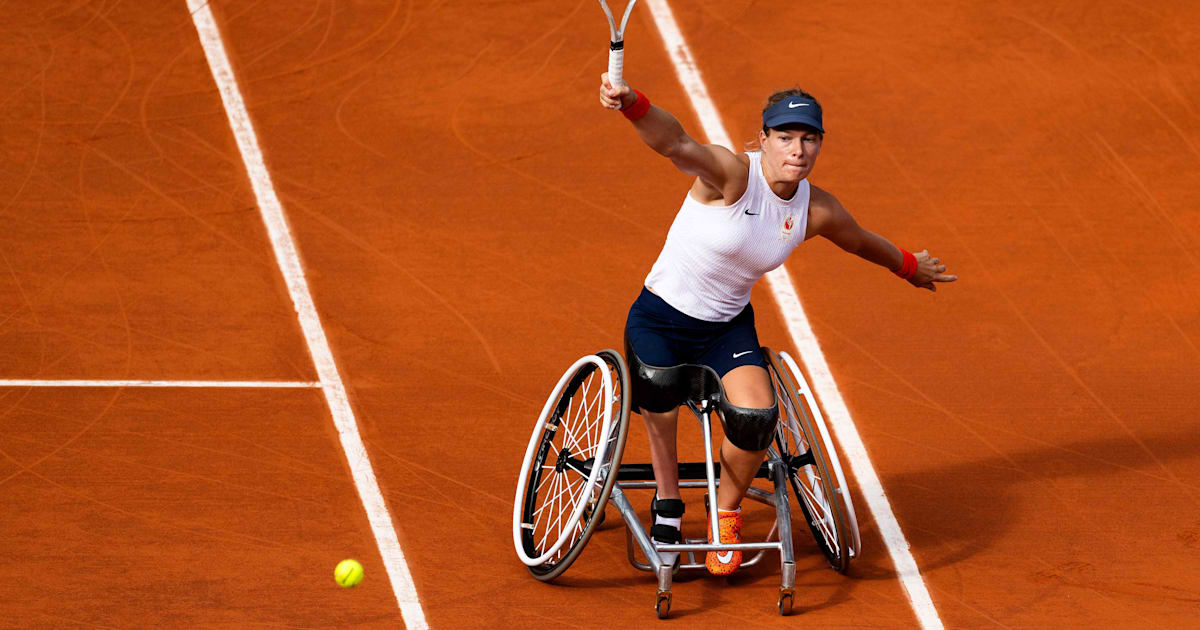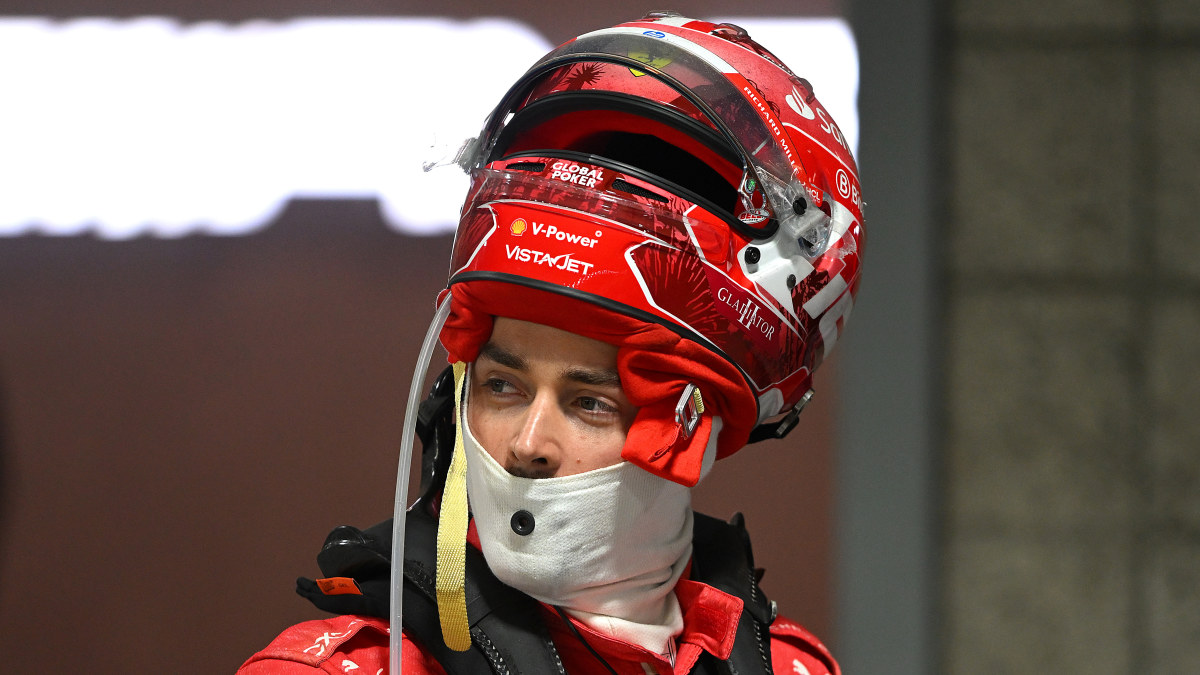"Spiders", 100m sprints and basketball dunks: How wheelchair tennis players get fast on the court

Wheelchair tennis drill names 101Backhand, forehand, lob, slice, stroke – as a tennis player, you may have mastered all of these moves. But can you spin like a butterfly or crawl like a spider?In wheelchair tennis, these are the moves players are working on as they flit backwards, forwards and sideways on the court."We have the 'butterfly', we have the 'fan' drill, we have 'dead bugs', which is a core exercise. It's lying on your back and moving your arms and legs at the same time so you look like a dead bug on his back," Gordon Reid, the Rio 2016 men's singles champion from Great Britain, told Olympics.com."The 'butterfly', that's a movement drill just on the court. So it's to try and simulate the movements of forehand and then backhand because of the way we move around the court with figure eight movements. It's kind of the shape of a butterfly that you're moving in."A “spider” is a drill where wheelchair tennis players make little eights around cones set up in the corners of the court. For the “fan” drill, the athlete starts out on the line in the middle of the court, goes to the right corner, back to the middle, then the far left corner, and back to the middle.There are also some drills that pack a bit more punch."You start on the doubles line, then you go to the singles line and back to the middle line and back to the other singles line and back, and the doubles line and back," Vink said. "And then you start again, and you do it two times. You have to turn every time the bigger round. We call it the 'suicide'."Whichever name you call them by, these are the exercises that Reid says are essential to stay at the top in wheelchair tennis."From a mobility side of things, for speed in the chair, we're obviously doing a lot of strength work to be as powerful as possible, but also agility and reactive stuff as well, to try and be sharp and move well," Reid said. "And then for the speed of the ball, from that point of view, it's trying to be as free as possible in the shoulder and the rest. And that obviously involves a lot of stretching, physio and exercises."













